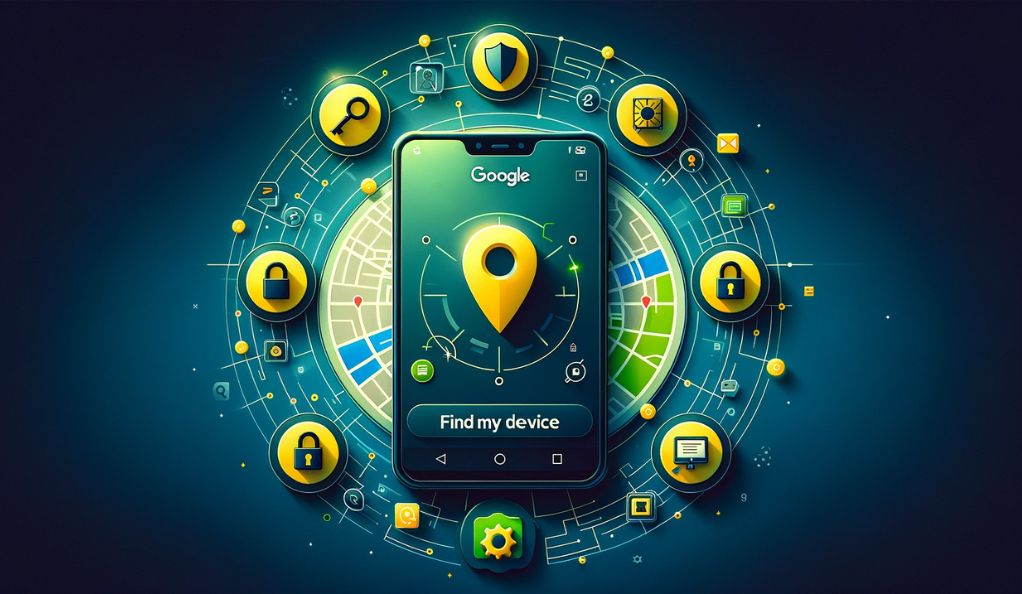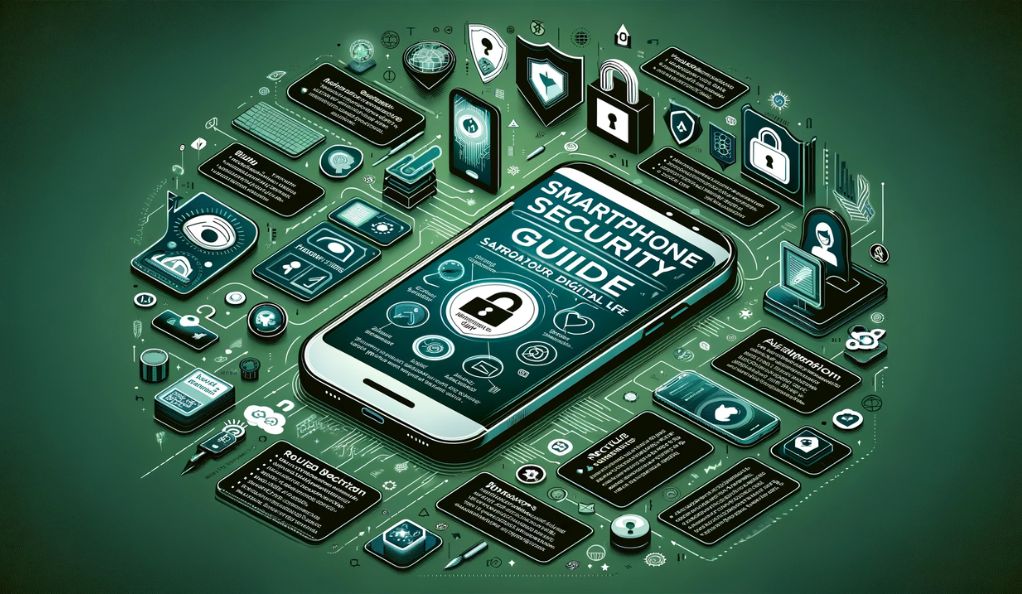The Internet of Things (IoT) has revolutionized the way we interact with the world around us. From smart homes that adjust the temperature based on our preferences to wearable devices that monitor our health, the IoT ecosystem is vast and continually expanding. However, with this rapid growth and integration into our daily lives comes a set of challenges, primarily concerning cybersecurity.
What is IoT?
The Internet of Things (IoT) refers to the interconnected nature of devices and systems that communicate with each other over the internet. These devices range from everyday household items like refrigerators and thermostats to complex industrial machinery. The primary characteristic that sets IoT devices apart is their ability to transfer data over a network without requiring human-to-human or human-to-computer interaction.
| Device Type | Function |
|---|---|
| Smart Thermostat | Adjusts home temperature based on user preferences and habits |
| Wearable Fitness Tracker | Monitors physical activity, heart rate, sleep patterns, etc. |
| Smart Refrigerator | Tracks inventory, suggests recipes, alerts when products are expiring |
| Connected Cars | Provides real-time navigation, monitors vehicle health, offers remote control features |
The Significance of IoT in Today’s Digital Age
IoT has brought about a paradigm shift in how we perceive and interact with our environment. The data generated by these devices provides valuable insights that can be used to improve efficiency, enhance user experience, and even predict future trends.
| Criteria | Traditional Devices | IoT Devices |
|---|---|---|
| Connectivity | Mostly standalone | Always connected to a network |
| Data Generation | Limited data output | Continuous data streaming |
| Interactivity | Requires human intervention | Can operate autonomously based on data inputs |
| Upgradeability | Hardware-centric, less frequent upgrades | Software-centric, regular updates possible |
The Double-Edged Sword: Interconnectivity and Its Implications
While the seamless interconnectivity of IoT devices offers numerous benefits, it also presents challenges. The more interconnected our devices become, the more potential entry points there are for cyber-attacks. Each device in the IoT ecosystem can potentially be a weak link, making the entire network vulnerable.
The Rise of Cyber-attacks on IoT Devices

As the IoT ecosystem expands, so does its attractiveness to cybercriminals. The vast array of devices, each with its unique vulnerabilities, presents a lucrative opportunity for those with malicious intent.
The Numbers Don’t Lie
Recent studies have shown a significant uptick in cyber-attacks targeting IoT devices. According to a report by Research and Markets, there have been more than 2.5 billion global cyber-attack events since 2019 targeting IoT devices. This staggering number underscores the urgency of addressing IoT security.
Real-World Examples: When IoT Goes Wrong
- Smart Home Invasions: There have been instances where hackers have gained access to smart home systems, manipulating alarms, cameras, and even locking homeowners out. Such breaches not only compromise privacy but can also lead to potential physical threats.
- Healthcare Device Hacks: Medical devices, like insulin pumps and pacemakers, are now IoT-enabled. Cybercriminals have demonstrated the ability to interfere with these devices, posing direct health risks to patients.
- Industrial IoT (IIoT) Sabotage: Industries rely on IoT for operations, from manufacturing to energy distribution. Attacks on these systems can lead to massive operational disruptions, financial losses, and even environmental disasters.
Why Are IoT Devices Targeted?
- Diverse Ecosystem: The vast variety of IoT devices, each with its software and hardware configurations, means there’s no one-size-fits-all security solution. This diversity is a playground for hackers.
- Lack of Standardization: Unlike other tech sectors, IoT lacks a universal set of security standards. Manufacturers often prioritize functionality over security, leading to vulnerabilities.
- Valuable Data: IoT devices continuously stream data, much of which is personal or sensitive. This data is a goldmine for cybercriminals, useful for everything from identity theft to corporate espionage.
Why IoT Devices are Vulnerable
The allure of IoT lies in its promise of a connected world, where devices seamlessly interact to make our lives more efficient. However, this very interconnectivity, combined with other factors, makes IoT devices particularly susceptible to cyber-attacks.
The Complexity of IoT Systems
IoT is not just about individual devices but about the intricate network they form. This network comprises various devices, each with its software, firmware, and communication protocols. The complexity of these systems provides multiple points of entry for potential attackers.
Rapid Development and Deployment
The race to capitalize on the IoT boom has led manufacturers to prioritize speed over security. Devices are often rushed to market without thorough security testing, leaving them riddled with vulnerabilities.
Inconsistent Updates
Unlike our smartphones or computers, which regularly receive software updates, many IoT devices lack a straightforward mechanism for updates. This inconsistency means that even if vulnerabilities are discovered post-deployment, they remain unpatched and exploitable.
Limited Built-in Security
To keep costs down and improve ease of use, many IoT devices are designed with minimal security features. Simple or default passwords, lack of encryption, and open ports are common issues that can be easily exploited by cybercriminals.
User Awareness and Behavior
Many users are unaware of the potential risks associated with IoT devices. Default settings are rarely changed, and devices are often set up without changing default passwords or enabling security features.
Industries at Risk
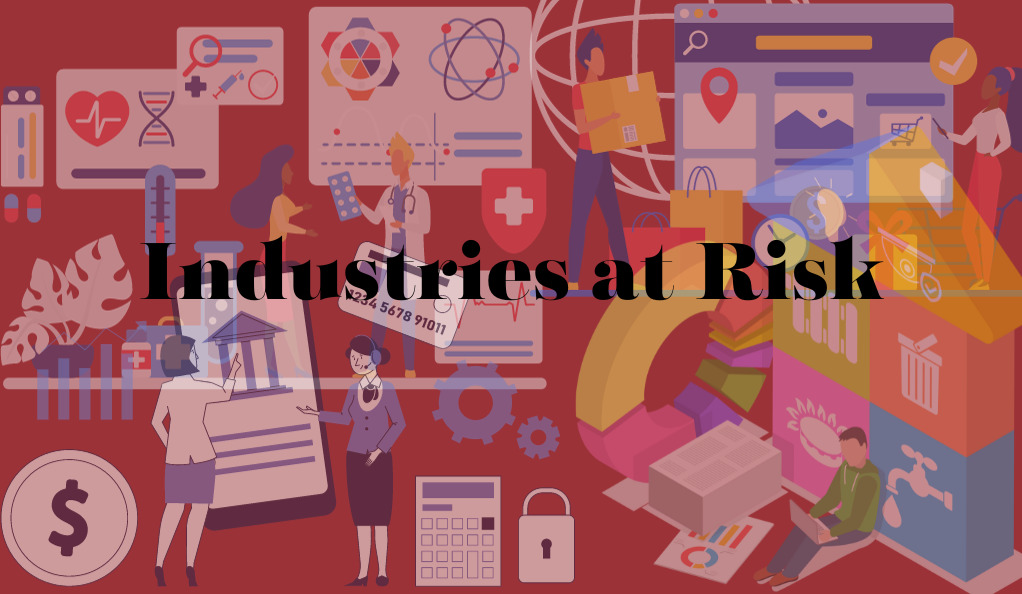
The integration of IoT devices is not limited to consumer products. Various industries have embraced IoT for its potential to optimize operations, improve customer experiences, and drive innovation. However, this adoption comes with increased cyber risks. Let’s explore the sectors most vulnerable to IoT-related cyber threats.
Banking, Financial Services, and Insurance (BFSI)
The BFSI sector is a prime target due to the sensitive nature of the data it handles.
- IoT Applications: Digital wallets, smart ATMs, wearable payment devices, and connected insurance devices.
- Risks: Financial fraud, data breaches, identity theft, and unauthorized access to financial accounts.
Healthcare
The healthcare industry’s shift towards connected devices can be life-saving but also poses significant risks.
- IoT Applications: Wearable health monitors, connected medical equipment, and remote patient monitoring systems.
- Risks: Tampering with medical devices, unauthorized access to patient data, and disruption of critical medical services.
Retail
The retail sector leverages IoT to enhance customer experiences and streamline operations.
- IoT Applications: Smart shelves, connected POS systems, and inventory management devices.
- Risks: Financial fraud, data breaches, and disruption of retail operations.
Manufacturing and Industrial IoT (IIoT)
IIoT focuses on optimizing operations, predictive maintenance, and real-time monitoring in industries.
- IoT Applications: Connected machinery, supply chain monitors, and production line automation.
- Risks: Sabotage of machinery, theft of proprietary data, and disruption of manufacturing processes.
Energy and Utilities
This sector is crucial for the functioning of modern societies, making it a high-profile target.
- IoT Applications: Smart grids, connected meters, and energy consumption monitors.
- Risks: Disruption of energy supply, unauthorized access to grid controls, and data breaches.
Governmental Interventions and Regulations
As the implications of IoT-related cyber threats become increasingly evident, governments worldwide are stepping in to establish regulations and standards to ensure the security and privacy of their citizens.
The Need for Regulation
The vast and diverse nature of the IoT landscape makes it challenging to maintain consistent security standards. Without regulations:
- Manufacturers might prioritize cost-saving over security.
- Users might remain unaware of best practices for device security.
- There would be no accountability for breaches or device vulnerabilities.
Notable Regulations Around the World
- California’s IoT Security Law: Enacted in 2020, this law mandates manufacturers of IoT devices to incorporate “reasonable security features” that safeguard user privacy and device functionality. This includes unique pre-programmed passwords for each device or requiring users to set up new authentication methods before device use.
- European Union’s General Data Protection Regulation (GDPR): While not exclusively for IoT, GDPR has significant implications for IoT devices. It mandates strict data protection measures and gives individuals control over their personal data, affecting how IoT devices collect, store, and process user data.
- United Kingdom’s Code of Practice for Consumer IoT Security: This guideline offers a set of 13 robust practices aimed at improving the security of consumer IoT products and associated services.
Proactive Measures for IoT Security
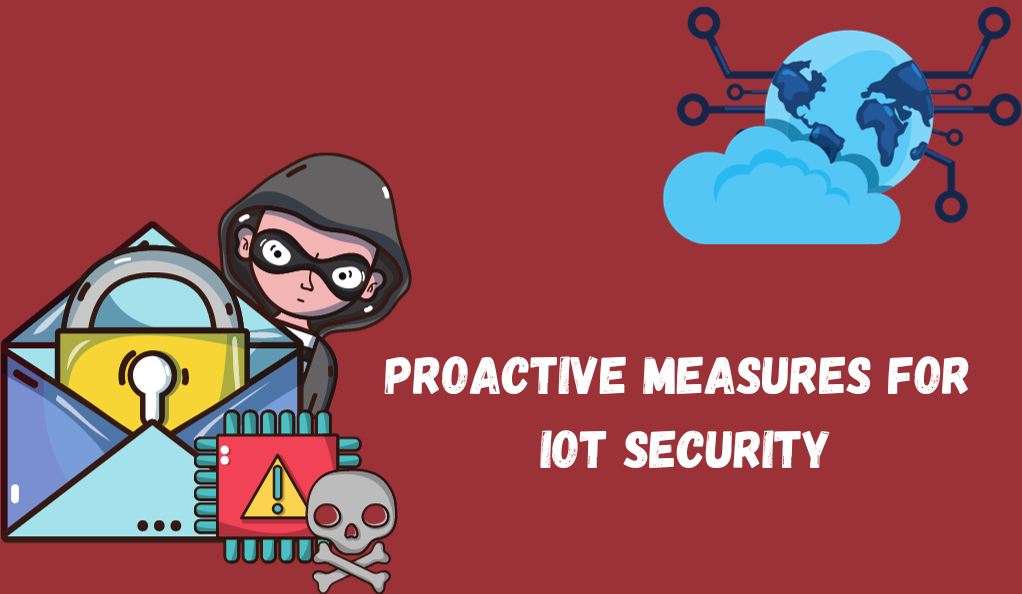
While regulations set the groundwork for IoT security, proactive measures at various levels – from manufacturers to end-users – are crucial to ensure a robust defense against cyber threats.
For Manufacturers and Developers
- Security by Design: Instead of treating security as an afterthought, it should be integrated from the initial stages of product development. This approach ensures that security measures are embedded at every level of the product.
- Regular Software Updates: Manufacturers should provide regular patches and updates to address any vulnerabilities. An automated update system can ensure that devices are always running the latest, most secure software version.
- End-to-End Encryption: Data, whether at rest or in transit, should be encrypted to prevent unauthorized access or breaches.
- Device Authentication: Every IoT device should have a unique identity, ensuring that only authenticated devices can connect to the network.
- Open Source Collaboration: By making software open source, a larger community can inspect, improve, and validate the software, leading to more secure solutions.
For Businesses and Organizations
- Network Segmentation: IoT devices should be on a separate network from critical business operations. This limits the potential damage in case of a breach.
- Regular Security Audits: Periodic assessments can identify vulnerabilities and ensure that all security measures are up-to-date.
- Employee Training: Employees should be educated about the best practices for IoT security, ensuring that human errors don’t lead to vulnerabilities.
- Data Management Policies: Clear guidelines on data collection, storage, and processing can ensure compliance with regulations and safeguard user data.
For End-Users
- Change Default Settings: Many IoT devices come with default usernames and passwords. These should be changed immediately upon setup.
- Stay Informed: Users should be aware of the latest threats and best practices, ensuring they can take appropriate measures as needed.
- Purchase from Reputable Brands: Trusted manufacturers are more likely to prioritize security and offer regular updates.
- Disable Unnecessary Features: If an IoT device has features or services not in use, they should be disabled to reduce potential vulnerabilities.
The Future of IoT and Cybersecurity
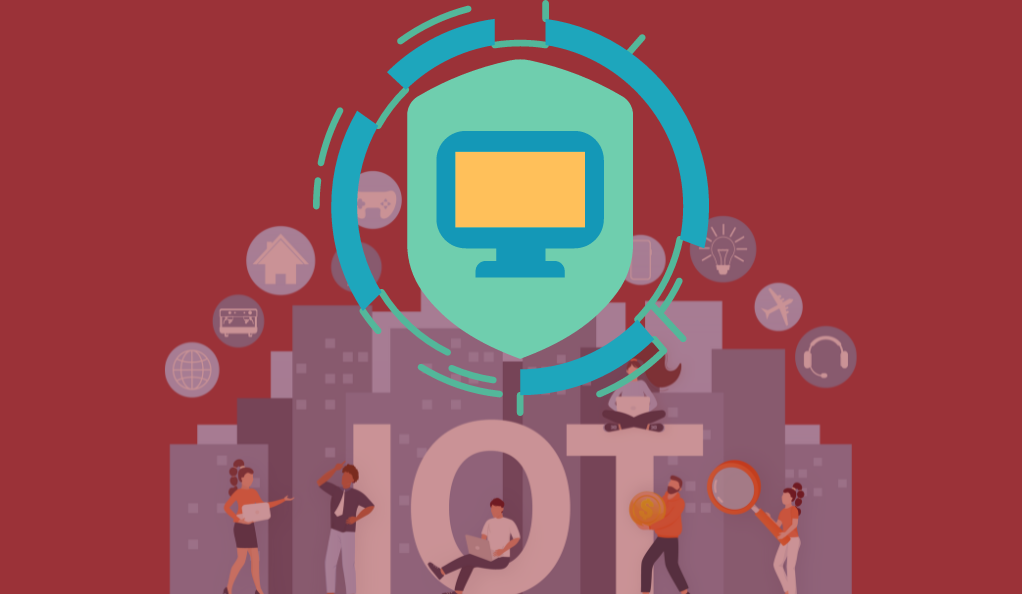
The rapid evolution of the Internet of Things, coupled with the ever-changing landscape of cybersecurity, paints a future that is both promising and challenging. As we look ahead, several trends and considerations emerge.
The Exponential Growth of IoT Devices
By 2030, it’s estimated that over 50 billion IoT devices will be connected worldwide. This massive expansion will touch every sector, from personal consumer devices to large-scale industrial applications. With this growth, the potential attack surface for cybercriminals will also expand, necessitating more robust security measures.
The Evolution of Cyber Threats
As IoT devices become more sophisticated, so will the cyber threats targeting them. We can expect:
- Advanced Malware: Malware that can self-propagate, adapt to defenses, and even use AI to enhance its malicious activities.
- State-Sponsored Attacks: Geopolitical tensions might manifest in the cyber realm, with nations targeting IoT infrastructures of adversaries.
- Ransomware on IoT: Beyond just computers and servers, ransomware could target IoT devices, holding critical functionalities hostage.
Innovations in IoT Security
The challenges will drive innovations. Some anticipated advancements include:
- Blockchain for IoT: Blockchain’s decentralized nature can offer secure and transparent methods for IoT devices to validate and authenticate transactions.
- Quantum Computing: As we approach the era of quantum computing, we can expect quantum-resistant cryptographic methods to safeguard against potential quantum attacks.
- Behavioral Analytics: By studying the typical behavior of IoT devices, anomalies can be detected in real-time, signaling potential breaches.
The Role of Ethics and Privacy
As IoT devices collect vast amounts of data, ethical considerations about data usage, storage, and rights will come to the forefront. Users will demand more transparency and control over their data, pushing industries to adopt ethical data practices.
Conclusion
The rise of the Internet of Things (IoT) brings unparalleled innovation, transforming our daily lives and industries. However, with this interconnectivity comes increased cybersecurity risks. From vulnerable devices to the vast data they hold, the challenges are evident. But there’s hope. Proactive measures by manufacturers, combined with governmental regulations and cutting-edge technologies, are fortifying the IoT landscape. As we embrace IoT’s conveniences, it’s crucial to prioritize security and data ethics. In this balance, we find the path to a connected, yet secure future.



